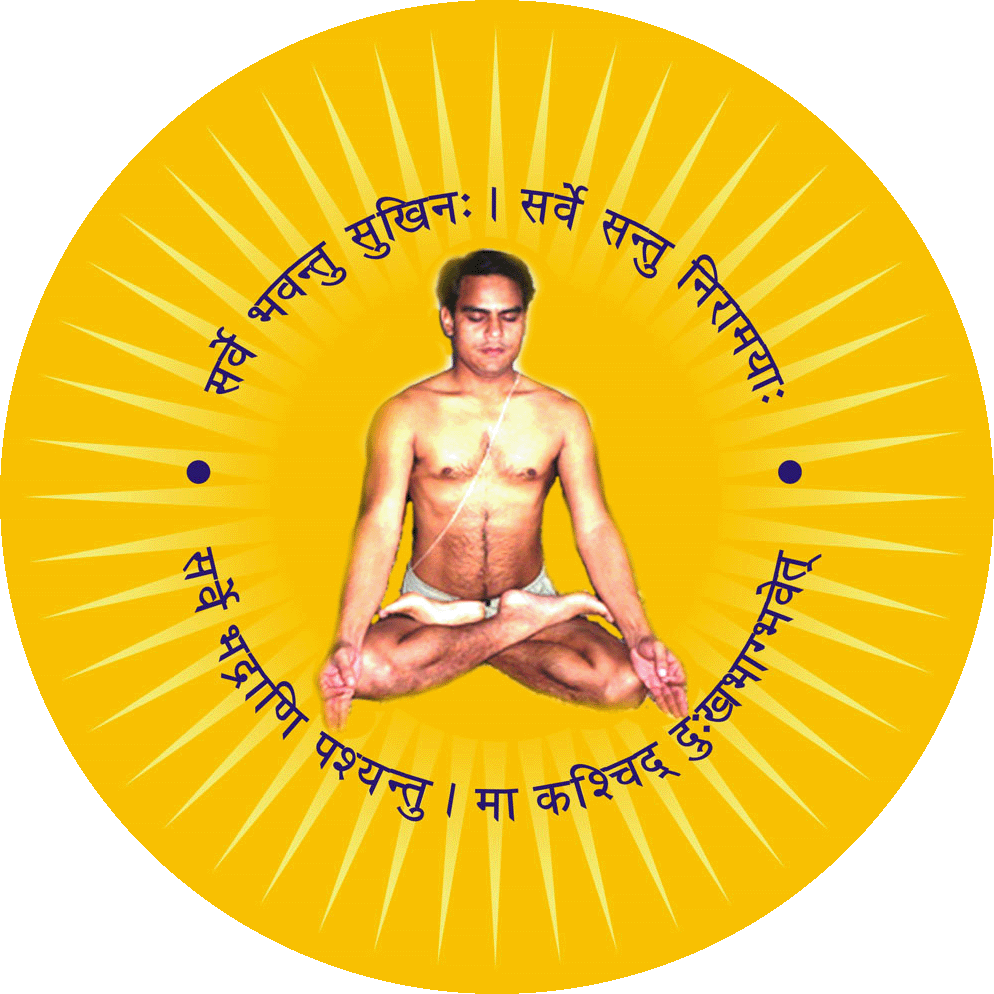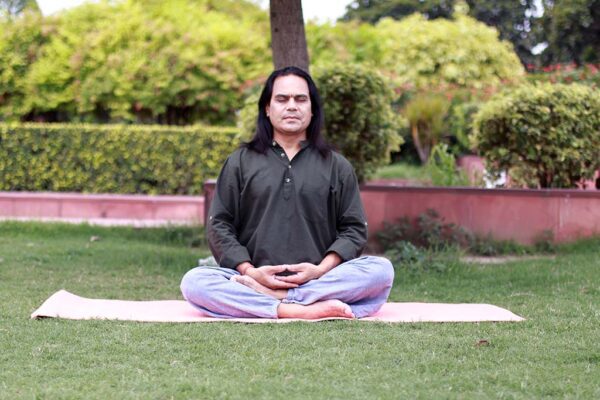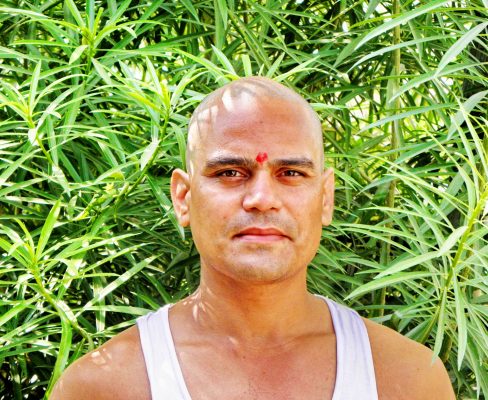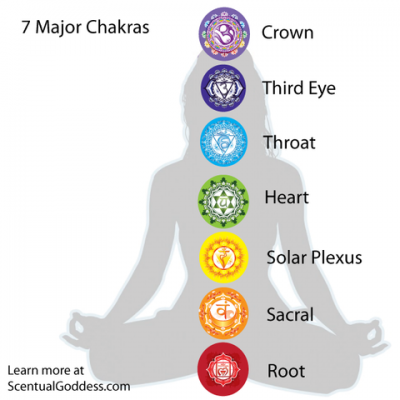Introduction
India is the cradle of two of the world’s most profound systems of health and spiritual growth: Ayurveda and Yoga. For thousands of years, our rishis and yogis have shown us that true well-being is not merely the absence of disease, but a state of harmony between body, mind, and spirit.
Ayurveda, the “Science of Life,” guides us to live in tune with our unique constitution and with the rhythms of nature. Yoga, the discipline of union, teaches us to integrate body, breath, and consciousness, leading to liberation. While Ayurveda primarily focuses on health, healing, and lifestyle, Yoga emphasizes self-realization, discipline, and spiritual awakening.
Yet, these two are not separate. They are twin paths, flowing from the same Vedic wisdom. Practiced together, Ayurveda and Yoga form a complete holistic science—bringing balance to our physical health, clarity to our mind, and elevation to our soul.
This blog explores their interconnectedness and how we can embrace them today for healing and transformation.
Roots of Ayurveda and Yoga
Ayurveda – The Healing Science
Ayurveda finds mention in the Atharva Veda and was further systematized in classical texts like Charaka Samhita, Sushruta Samhita, and Ashtanga Hridaya. It views human beings as microcosms of the universe, governed by the five elements (panchamahabhuta) and expressed through Doshas:
- Vata (Air + Ether) – Movement, nervous system, creativity.
- Pitta (Fire + Water) – Digestion, metabolism, intellect.
- Kapha (Earth + Water) – Stability, immunity, strength.
Health is the state where doshas, digestive fire (agni), tissues (dhatus), and elimination (malas) are balanced, along with a joyful mind and a peaceful soul.
Yoga – The Spiritual Discipline
Yoga, rooted in the Upanishads, finds practical expression in Patanjali’s Yoga Sutras, where it is defined as chitta vritti nirodha—stilling the fluctuations of the mind. Through Ashtanga Yoga (Yama, Niyama, Asana, Pranayama, Pratyahara, Dharana, Dhyana, Samadhi), the yogi refines body and mind, leading towards liberation (moksha).
Shared Philosophy
Both Ayurveda and Yoga accept the Samkhya philosophy, which speaks of Purusha (consciousness) and Prakriti (nature). Both recognize that suffering arises from imbalance and ignorance, and that liberation lies in restoring harmony through right knowledge and practice.
Ayurveda: Healing Through Balance
Ayurveda is deeply practical. It looks at every individual uniquely, offering customized lifestyle, diet, and treatment.
Key Principles of Healing
- Diet (Ahara): Food as medicine, chosen according to dosha type and season.
- Daily Routine (Dinacharya): Rising early, cleansing rituals, oil massage, exercise, and meditation.
- Seasonal Routine (Ritucharya): Adjusting diet and habits to match changing seasons.
- Panchakarma: Five-fold detox therapies to cleanse toxins (ama).
- Herbal Remedies (Aushadhi): Healing through plants, oils, and minerals.
Ayurveda reminds us that prevention is superior to cure. A balanced life, lived mindfully, keeps disease away.
Yoga: The Path of Self-Healing and Union
Yoga complements Ayurveda by working directly on the mind and body through discipline and awareness.
1. Asanas (Postures)
Each dosha benefits from specific postures:
- Vata → grounding asanas like Tadasana, Paschimottanasana.
- Pitta → cooling asanas like Shitali pranayama, forward bends.
- Kapha → energizing asanas like Surya Namaskar, backbends.
2. Pranayama (Breathing Techniques)
Breath regulates prana (life force).
- Nadi Shodhana balances hemispheres and calms the mind.
- Kapalabhati energizes and clears stagnation.
- Bhramari soothes the nervous system.
3. Meditation (Dhyana)
Meditation is the highest medicine. It reduces stress, brings clarity, and connects us to the Self.
4. Lifestyle Discipline
Yoga’s yamas (ethical codes) and niyamas (personal discipline) mirror Ayurveda’s dinacharya. Both insist that inner purity is as important as physical health.
Ayurveda & Yoga Together: Twin Healing System
Though distinct in methods, Ayurveda and Yoga are deeply interconnected.
- Ayurveda strengthens the body and mind by balancing doshas and removing toxins, preparing a fertile ground for Yoga.
- Yoga stabilizes and disciplines the body and mind, making Ayurvedic routines easier to sustain.
- Both cultivate sattva guna—clarity, purity, and harmony—essential for both health and liberation.
For example:
- A person with insomnia (Vata imbalance) can take warm Ayurvedic herbs, practice oil massage, and follow grounding asanas with pranayama.
- A person with anger issues (Pitta imbalance) can adopt cooling Ayurvedic diet, avoid spicy food, and practice meditation and forward bends.
Together, Ayurveda and Yoga don’t just treat symptoms—they address root causes at the level of lifestyle, diet, thought, and energy.
Modern-Day Need for These Twin Paths
Modern life has given us speed but stolen our balance. Stress, anxiety, hypertension, obesity, diabetes, and depression have become household words.
Allopathic medicine is advanced in treating acute diseases but often fails in prevention and holistic healing. Ayurveda and Yoga fill this gap beautifully:
- Preventive Care: Healthy routines and mindful living prevent disease before it appears.
- Natural Healing: No harmful chemicals—just nature’s remedies and disciplined lifestyle.
- Mind-Body Connection: Both systems emphasize that mind and body are inseparable.
- Spiritual Anchor: Beyond health, both lead us to peace, purpose, and fulfillment.
This is why Ayurveda and Yoga are being embraced worldwide—not as fads, but as timeless wisdom.
Role of Mindfulness in Ayurveda & Yoga
Both Ayurveda and Yoga emphasize awareness. Without mindfulness, Ayurveda becomes mechanical, and Yoga becomes mere exercise.
- Mindfulness ensures conscious eating and living as per Ayurveda.
- It ensures Yoga is practiced with awareness, not as performance.
- It prevents overuse of digital gadgets, reducing stress and improving inner focus.
At Adwait Yoga School, mindfulness is a cornerstone of all teachings. This is also why our Yoga Teacher Training Programs integrate Ayurveda, Yoga, and Mindfulness in a systematic way—helping practitioners not just practice, but live yoga.
A Sample Daily Routine: Ayurveda + Yoga
Here is a practical outline anyone can follow:
- Morning (Brahmamuhurta): Wake up early, cleanse the body, practice Abhyanga (oil massage), and do Yoga asanas with pranayama.
- Breakfast: Warm, simple food as per dosha. Eat mindfully, without screens.
- Midday: Main meal, fresh and seasonal. Short mindful walk after.
- Afternoon: Light yoga stretches or meditation for relaxation.
- Evening: Herbal tea, satsang, or reflective study. Gentle yoga practice to release the day’s stress.
- Night: Light dinner, digital detox, and Yoga Nidra before sleep.
This balance of Ayurveda and Yoga ensures strength, clarity, and inner calm.
Benefits of Walking the Twin Path
- Physical Health: Strong immunity, improved digestion, better sleep.
- Mental Health: Reduced anxiety, improved focus, balanced emotions.
- Spiritual Growth: Deeper meditation, self-realization, inner contentment.
- Longevity: Vitality and graceful aging.
- Freedom from Lifestyle Disorders: Natural way to reverse hypertension, obesity, diabetes.
Conclusion
Ayurveda and Yoga are two streams from the same river of Indian wisdom. Ayurveda gives us the science of health; Yoga gives us the discipline of union. Together, they create a life of harmony, vitality, and higher purpose.
In our age of stress and distraction, these twin paths are not luxuries—they are necessities. By following them, we return to our natural state of health and awaken to our true Self.
At Adwait Yoga School, we carry this tradition forward through our Yoga Teacher Training in India. These programs do not just certify teachers; they nurture holistic practitioners who live Ayurveda, Yoga, and Mindfulness as a way of life.
When Ayurveda and Yoga walk hand in hand, healing is not temporary relief—it is transformation, leading us towards the highest goal: harmony with nature and union with the Self.

















